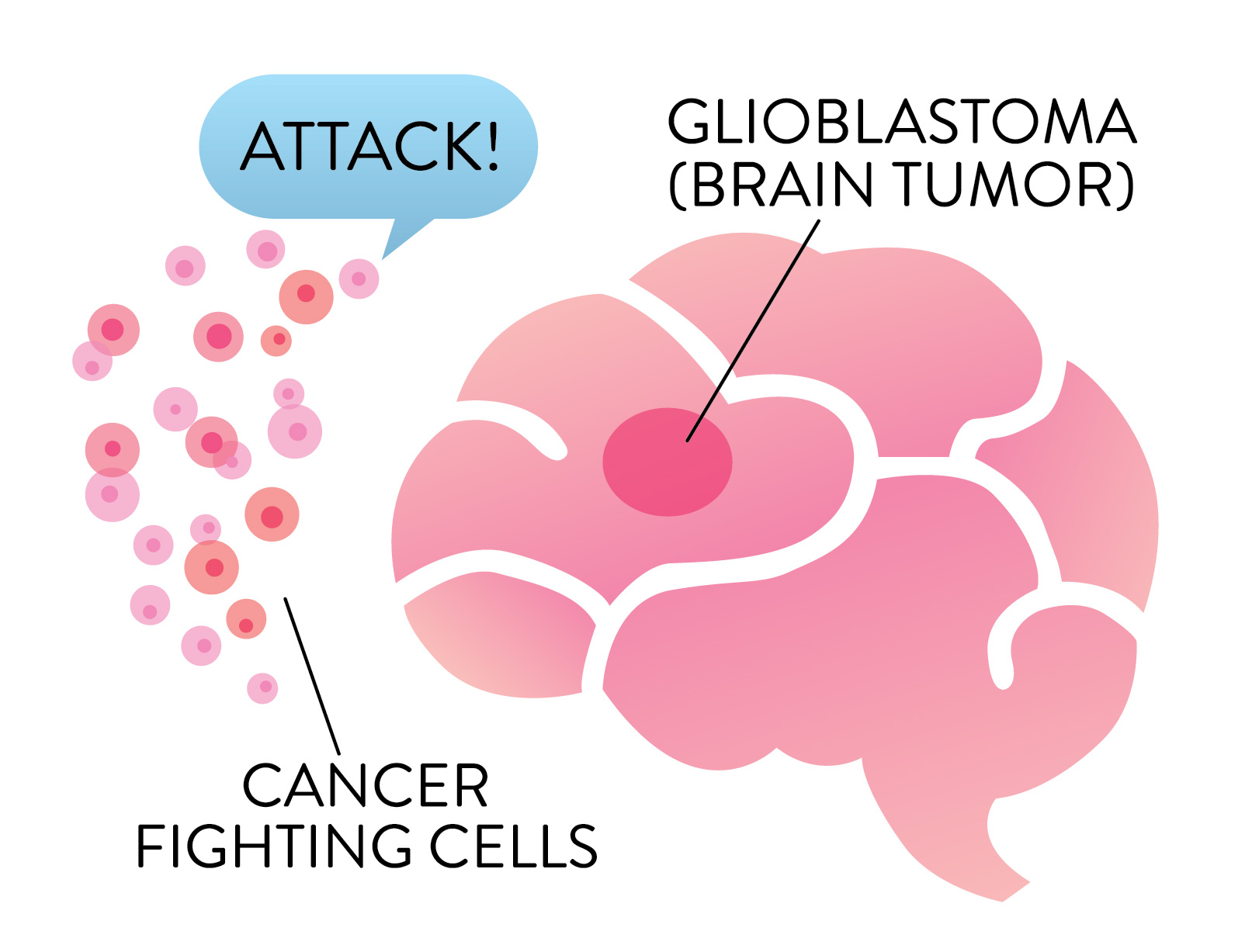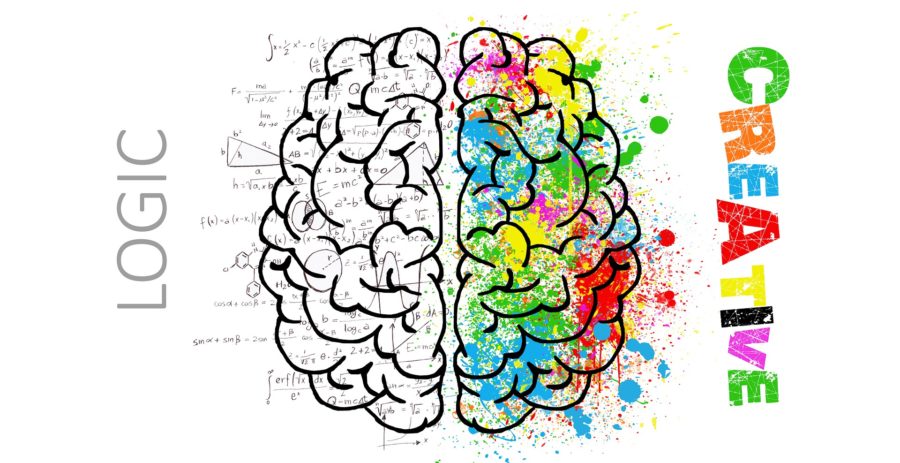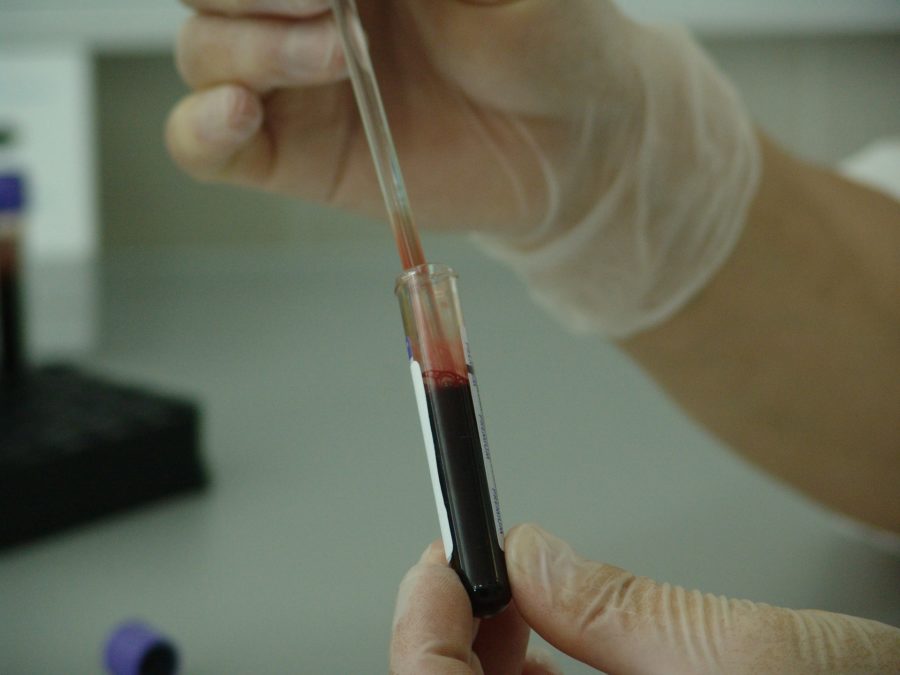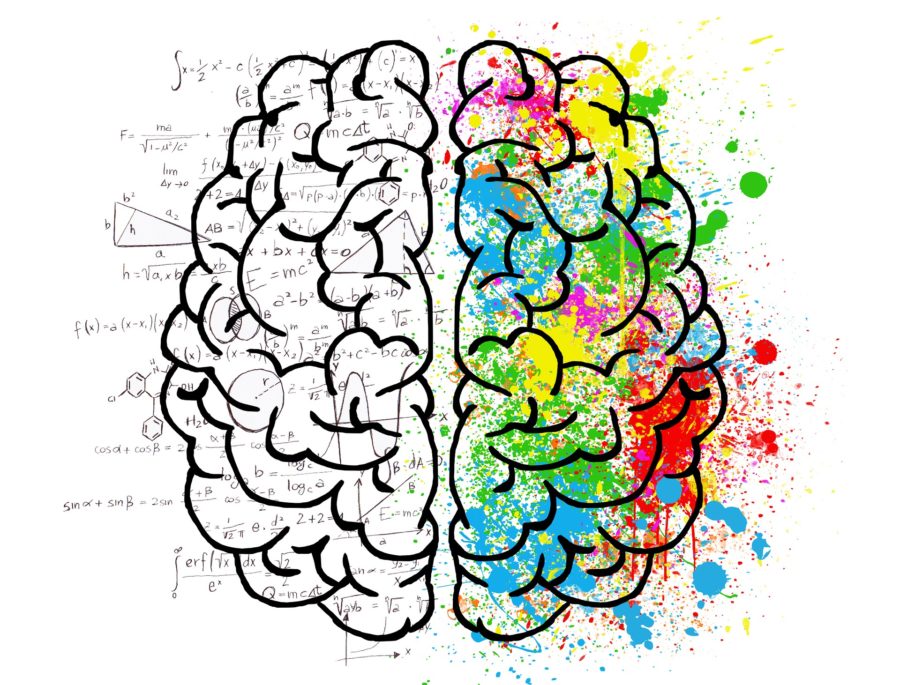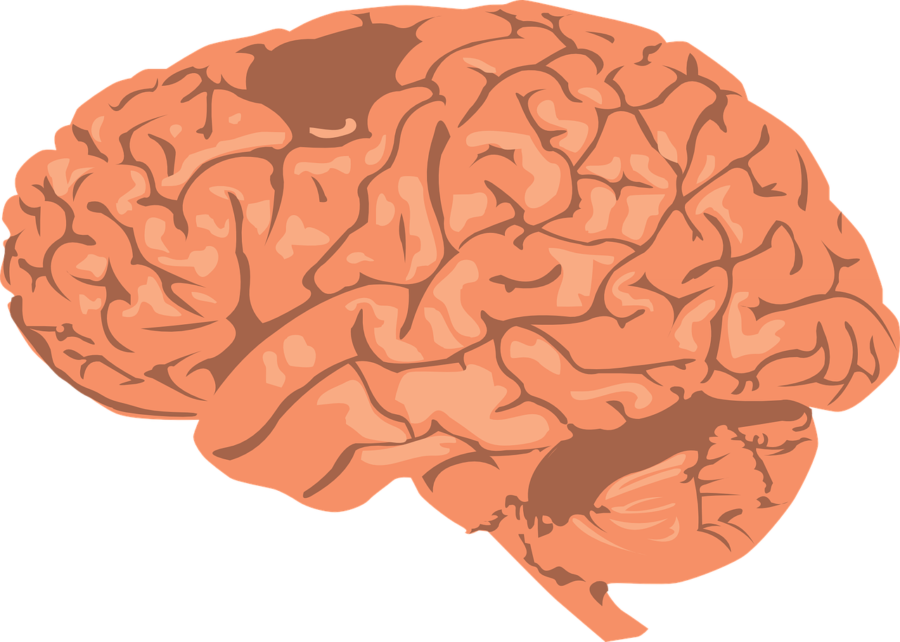The world of medical science broke into new territory this week as researchers from the University of North Carolina at Chapel Hill and the Lineberger Comprehensive Care Center turned skin cells into cancer-hunting stem cells.
Shawn Hingtgen, who has a Ph.D. and is currently an assistant professor at the UNC Eshelman School of Pharmacy and a member of the Lineberger Comprehensive Care Center, led the study.
The researchers reported their findings in “Nature Communications” which is an open-access journal that publishes research from all the fields contained within natural science.
These newly-made stem cells were able to destroy brain tumors known as glioblastomas. A glioblastoma is a highly invasive tumor that can occur in the brain and spinal cord.
According to the Mayo Clinic, this type of tumor grows rapidly and often creates pressure in the brain and/or spinal cord. Typically treatment involves chemotherapy, radiation and the surgical removal of the tumor.
However, these treatments don’t always work completely and the outlook for most patients is bleak.
“Patients desperately need a better standard of care,” Shawn Hingtgen said.
According to Hingtgen, those who develop a glioblastoma only have about a 30 percent chance of survival beyond the first two years after diagnosis, with most patients dying about a year and half after their diagnosis.
The prospects of surgical removal are grim as well, since it is near impossible for surgeons to remove all of the tumor—and when they don’t remove it all, it ultimately grows back.
Hingtgen hopes that he and his team can improve the survival rate with this new treatment. According to Hingtgen, the treatment will be personalized and made with the patient’s very own skin cells. The end goal will be to completely kill off the glioblastoma.
The skin cells, known as fibroblasts, are converted into neural stem cells. Mice were used in the study in order to show that the neural stem cells created were able to move into the brain and kill cancer cells.
In addition to being able to kill the cancer cells themselves, the stem cells created by researchers were also able to make a protein that kills tumors, adding yet another nail into the coffin of the glioblastoma.
Overall, the team was able to increase the rate of survival in the mice 160 to 220 percent.
“Our work represents the newest evolution of the stem-cell technology that won the Nobel Prize in 2012,” Hingtgen said. “We wanted to find out if these induced neural stem cells would hone in on cancer cells and whether they could be used to deliver a therapeutic agent. This is the first time this direct reprogramming technology has been used to treat cancer.”
Hingtgen and the team of researchers will next focus on human stem cells and the possibility of more anti-cancer drugs being put into the neural stem cells that will seek out and destroy the tumor.



